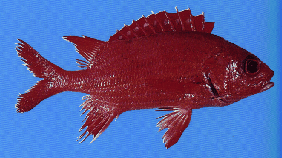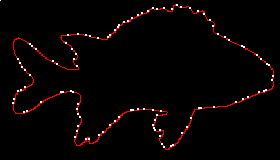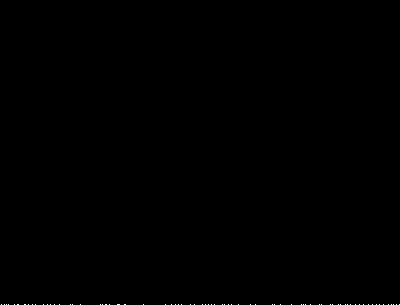

|

|


|

|
Imagine that you have a large number of images and wish to select some of them which are similar to a certain image. You will need a content based image database system which accepts an image as its input and retrieves all images like that by using some image properties such as color, texture, shape and keywords.
At the Centre for Vision, Speech, and Signal Processing in the 5* rated Department of Electronic and Electrical Engineering (one of only 5 UK departments to receive the highest research grading) at the University of Surrey , we have developed a system for Shape Queries Using Image Databases. SQUID is the first image database retrieval system we know of on the internet which allows users to submit shapes as query objects. The work has been carried out by Sadegh Abbasi, and has been supervised by Dr Farzin Mokhtarian, and by Professor Josef Kittler .There are about 1100 images of marine creatures in our database. Each image shows one distinct species on a uniform background. Every image is processed to recover the boundary contour, which is then represented by three global shape parameters and the maxima of the curvature zero-crossing contours in its Curvature Scale Space image.
The features recovered from a CSS image for matching are the maxima of its zero-crossing contours. The matching of two CSS images consists of finding the optimal horizontal shift of the maxima in one of the CSS images that would yield the best possible overlap with the maxima of the other CSS image. The matching cost is then defined as the sum of pairwise distances (in CSS) between corresponding pairs of maxima. Note that this technique was compared to moments and Fourier descriptors, and found to perform better.
The top left figure above shows a sample image from the database. The bottom left figure shows the fish boundary with white points showing the locations of its curvature zero-crossing points during evolution, and the right figure shows the construction of its CSS image. Details of this technique can be found in BMVC' 96 and IDB-MMS' 96 as well as other published papers. The CSS representation is also invariant under the affine transform and useful for robust multi-view 3-D object recognition. The parallel representation for space curves is referred to as the torsion scale space image. These ideas can also be generalised to 3-D surfaces.
|
SQUID Demo |
 The CSS shape descriptor has
been selected for MPEG-7
standardisation (thanks to Mitsubishi VIL).
The CSS shape descriptor has
been selected for MPEG-7
standardisation (thanks to Mitsubishi VIL).
 SQUID database was used for
MPEG-7
evaluation of shape descriptors.
SQUID database was used for
MPEG-7
evaluation of shape descriptors.
 SQUID has been featured on the
Computer Vision Home Page
(Demo section) since May 1997.
SQUID has been featured on the
Computer Vision Home Page
(Demo section) since May 1997.
 SQUID was selected a
Links2Go
Key Resource (ranked 28) in Computer Vision (May 1999).
SQUID was selected a
Links2Go
Key Resource (ranked 28) in Computer Vision (May 1999).
 Have you used SQUID for research purposes
or as a teaching tool? If yes, please email us and let us know how it was used.
Have you used SQUID for research purposes
or as a teaching tool? If yes, please email us and let us know how it was used.